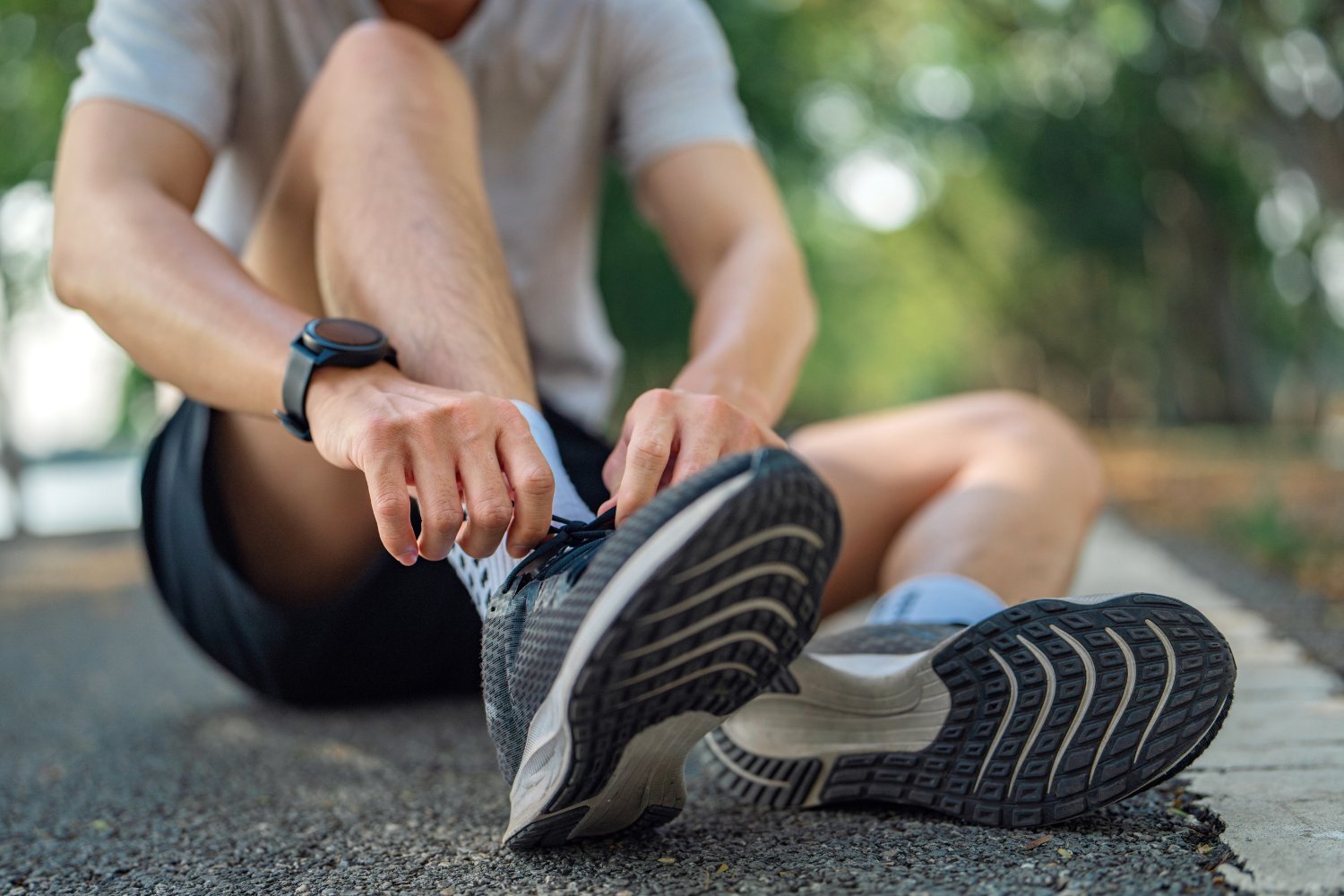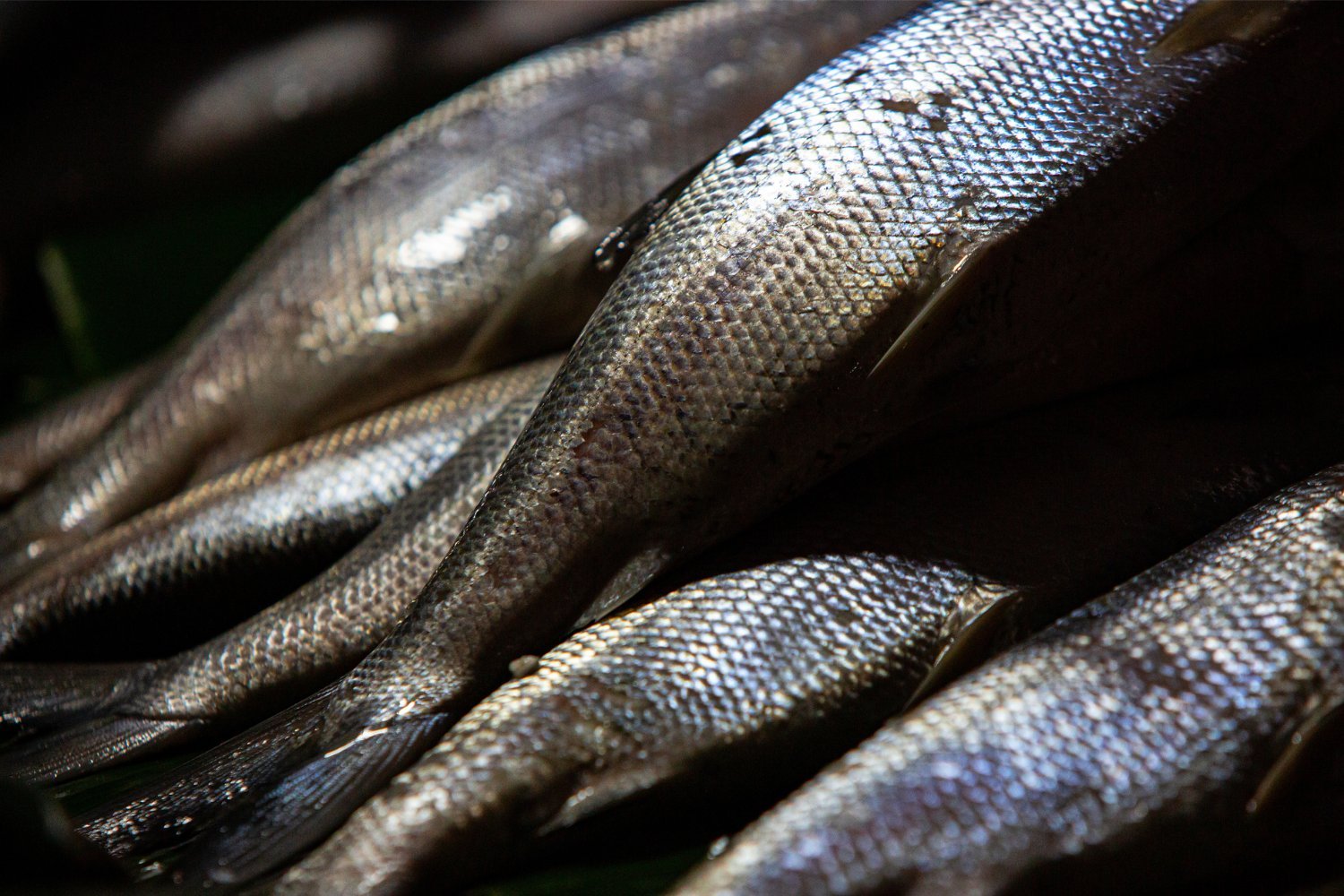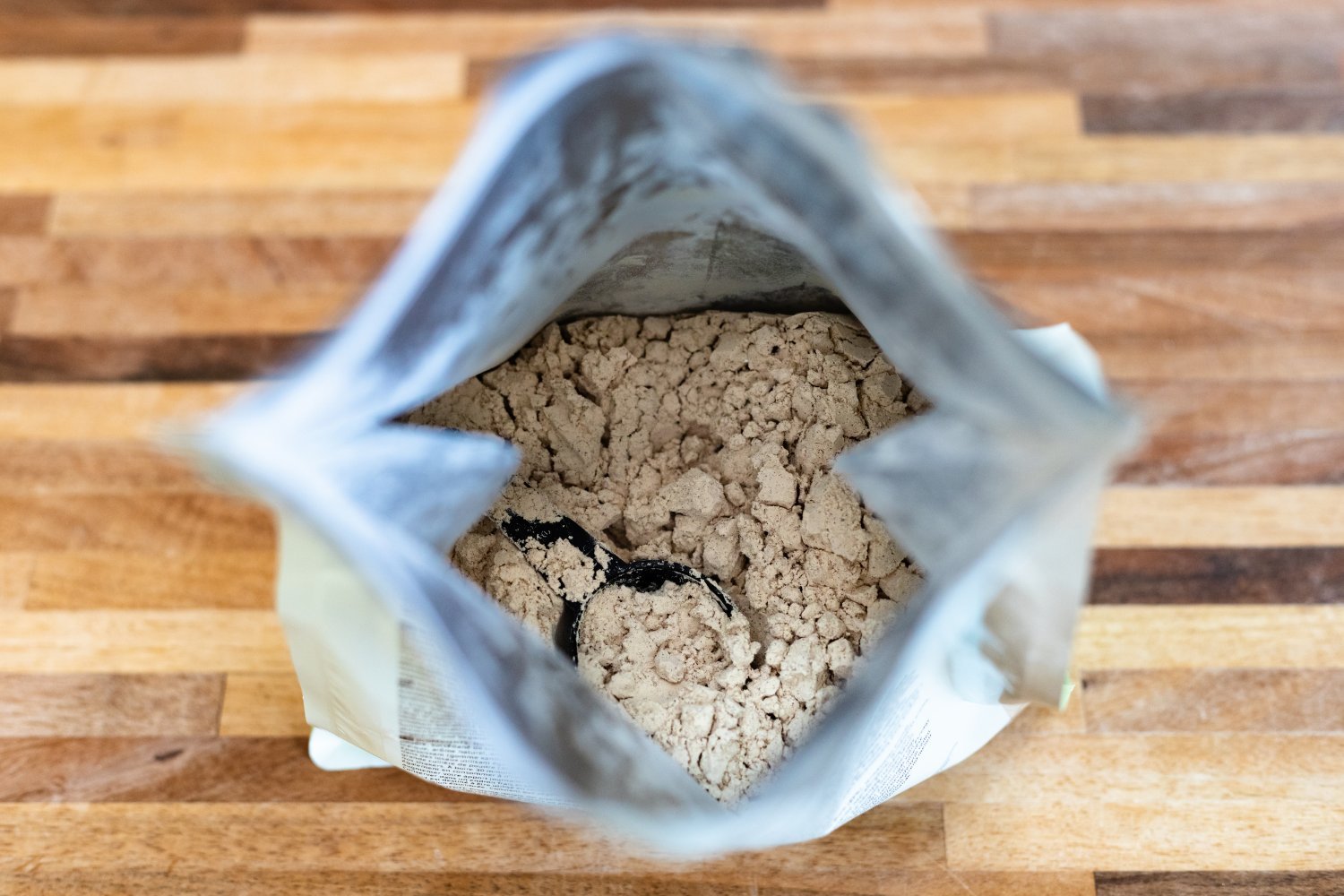Running, a popular exercise for both seasoned athletes and newcomers, carries an inherent risk of injury. Recent research suggests an unexpected culprit might be contributing to these injuries: the thickness of your running shoes’ heels. A study conducted by the University of Florida found a correlation between thicker-heeled shoes and a higher likelihood of recent running injuries. This discovery offers valuable insights for runners looking to minimize their risk.
The University of Florida study investigated various risk factors associated with running injuries. Researchers analyzed data from over 700 runners who visited the UF Health Sports Performance Center. They examined the relationship between shoe heel thickness, foot strike pattern (rearfoot, midfoot, or forefoot striking), and injury occurrence.
After controlling for variables such as age, weight, and competitive level, a clear pattern emerged. Runners wearing thicker-heeled shoes reported a higher incidence of running-related injuries within the past six months. Furthermore, these individuals were less accurate in predicting their own foot strike patterns. Runners were asked about their usual foot strike, which was then objectively measured during their clinic visit. The discrepancy between perceived and actual foot strike was more pronounced in those with thicker-heeled shoes.
The study also revealed intriguing insights into the interplay between foot strike pattern awareness and injury risk. Non-rearfoot strikers (midfoot or forefoot strikers) who accurately knew their foot strike pattern were the least likely to report recent injuries. Conversely, runners unaware of their foot strike pattern were the most susceptible to injury. Rearfoot strikers, particularly those wearing thicker-heeled shoes, were most prone to misjudging their foot strike pattern. The study’s findings were published in Frontiers in Sports and Active Living.
It’s important to note that the study demonstrates a correlation, not causation, between heel thickness and injury. Researchers acknowledge that the relationship is likely complex and influenced by multiple factors. While some studies suggest forefoot striking may be less injury-prone than rearfoot striking, other research has found no significant difference. Optimal injury prevention strategies likely vary depending on individual biomechanics and running styles.
The researchers hypothesize that thicker-heeled shoes may hinder runners’ ability to accurately perceive their foot strike, thereby making it harder to optimize their running form and minimize injury risk. Lead researcher Heather Vincent, director of the UF Health Sports Performance Center, explained that features like a large heel-to-toe drop can obscure how the foot interacts with the ground, making it more challenging to retrain runners or assess their injury risk. She noted that runners who correctly identified their midfoot or forefoot strike tended to wear shoes with lower heel-to-toe drops, lighter weight, and wider toe boxes.
Switching to different shoes or abruptly changing running style can also increase injury risk, as observed in the study. Participants who recently changed their footwear were more likely to report recent injuries. Gradual transitions are crucial for any modifications to running habits. Vincent, who transitioned to lower-profile shoes and focused on foot strengthening, emphasized that adapting to changes can take up to six months.
The UF research team plans to conduct further controlled studies to investigate whether changing shoe types can improve foot strike awareness and reduce injury risk. This research holds promise for developing personalized injury prevention strategies tailored to individual runners.
https://www.nature.com/articles/s41598-018-35980-6
https://journals.lww.com/acsm-msse/fulltext/2013/12000/forefoot_strikers_exhibit_lower_running_induced.12.aspx
https://www.frontiersin.org/journals/sports-and-active-living/articles/10.3389/fspor.2024.1491486/full
https://www.latrobe.edu.au/news/articles/2019/release/running-research-heel-toe-or-toe-heel
https://news.ufl.edu/2024/12/running-shoe-injury/











